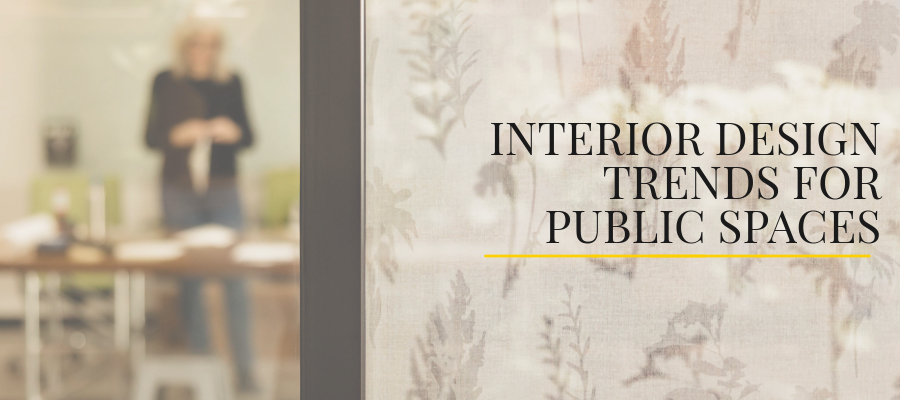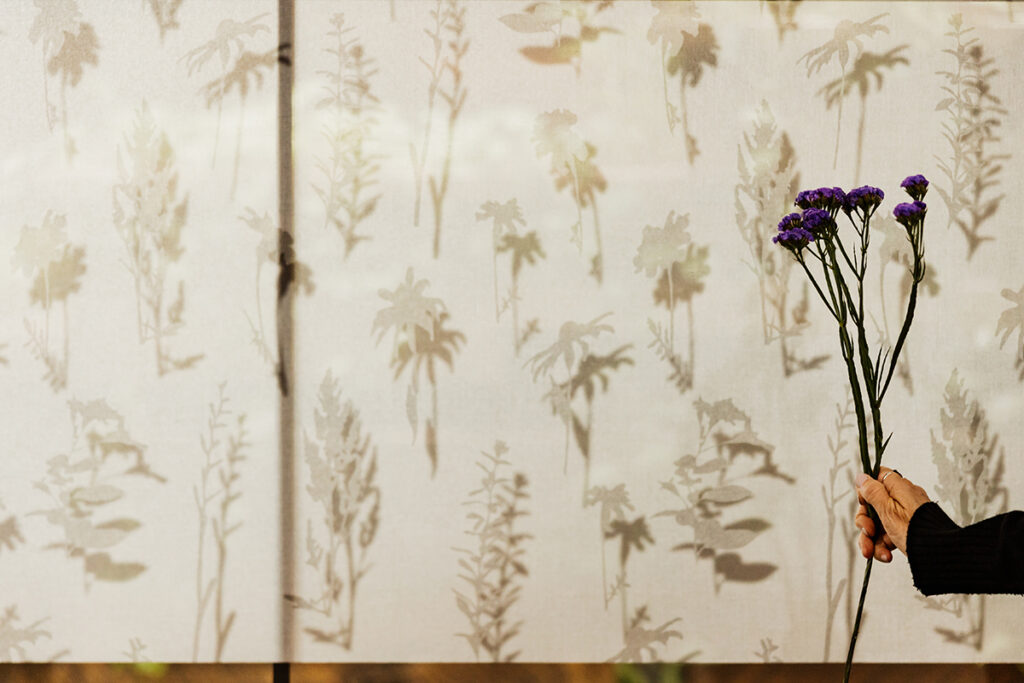
Interior Design Trends in Public Spaces
What do you think of when you hear “public space”? The concept is extensive, encompassing a variety of spaces and places, all of which cater to different groups of people and needs. Although there is a wide range of public spaces, Architecture Daily notes that “public spaces, whether indoors or outdoors, public or private, are characterized as places for encounters, opportunities, and exchanges or ideas or goods, and ultimately, are a key part of a city or town’s identity.” Some examples of indoor public spaces include airports, museums, libraries, performing arts centers, co-working spaces, shopping centers, public squares, churches, and municipal facilities.
Considering Specific Public Spaces
When making interior design choices for a public space, there are many things to consider. It’s important to note that every environment will have its own specific set of needs depending on the following:
The Function of the Space: How is it being used?
The People Using It: When designing a public space, your goal should be to make it inclusive for all users in the general public.
The Existing Space: How can your design enhance the existing space while creating a comfortable and welcoming environment?
Five Common Trends
Across all the different types of public spaces, five common trends extend across various environments and functions.
Flexibility
Creating a public space with flexibility in mind is essential for meeting the changing needs of a community. Many public spaces take on a variety of functions, and selecting furniture and materials that can be moved and transformed depending on the space’s need is crucial. Adaptability is needed for a public space to function well.
Durability and Sustainability
Public spaces are often high-traffic areas, so materials and furniture must be easy to clean and crafted to last. Sustainability is a trend across all areas of design and an issue many members of the public care about deeply. Designers should think about selecting products that will last, as well as materials that are eco-friendly to begin with.

Biophilic design
Biophilic design is another design trend popular across all interior markets. Incorporating elements of nature or materials inspired by nature, such as floral patterns, helps bring the outdoors in, creating a relaxing and welcoming environment for all.
Wellness
The well-being of citizens is a critical component of designing public spaces. While wellness can include biophilic design elements, it also means designing a space with inclusivity in mind. Be sure that a space is accessible to all members of the public through thoughtful interior design choices. For example, include a variety of seating options, ergonomic designs, and workstations designed with all users in mind. Additionally, wellness in spaces includes creating a relaxing and welcoming space that people want to experience again.
Resimercial Design
A concept that has its roots in the corporate interior design world, resimercial design means bringing traditional commercial and residential interior design elements together, creating an environment that feels comfortable and familiar. Creating a welcoming and relaxed atmosphere is critical to making a public space that people will want to experience.
As designers work their way through the phases of their interior design project for a public space, working with these trends in mind will help them make smart decisions.
Share this post
Author
DESIGN/COLOR TRENDS AND AWESOME INFORMATION IN YOUR INBOX
Sign up for our monthly trend letter




